-
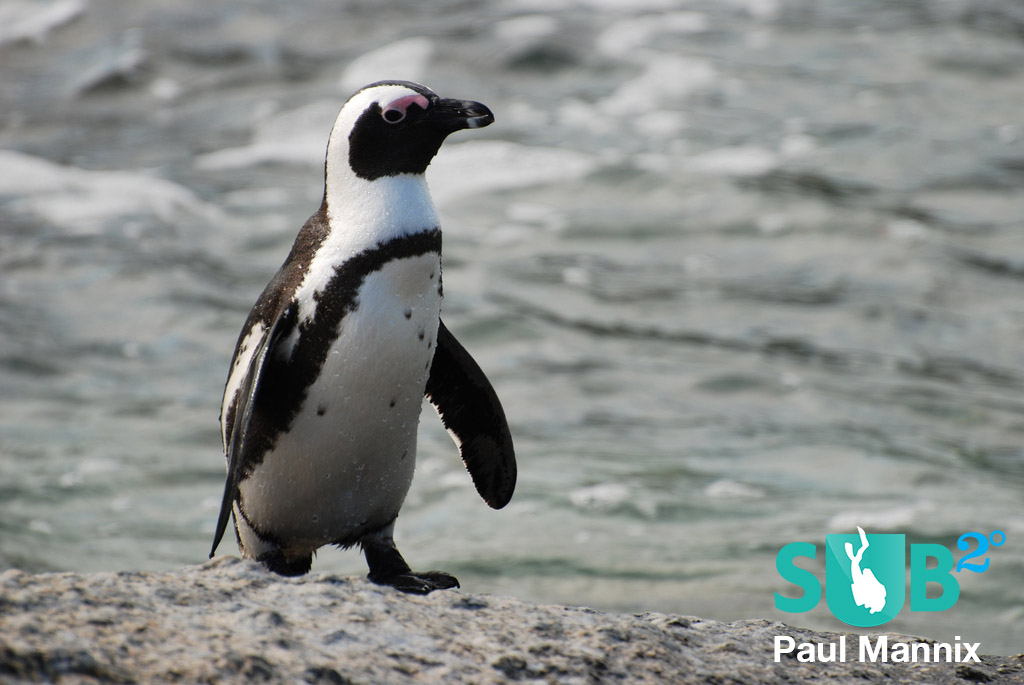
African Penguin
African penguin spotted at Boulders Beach, South Africa. -
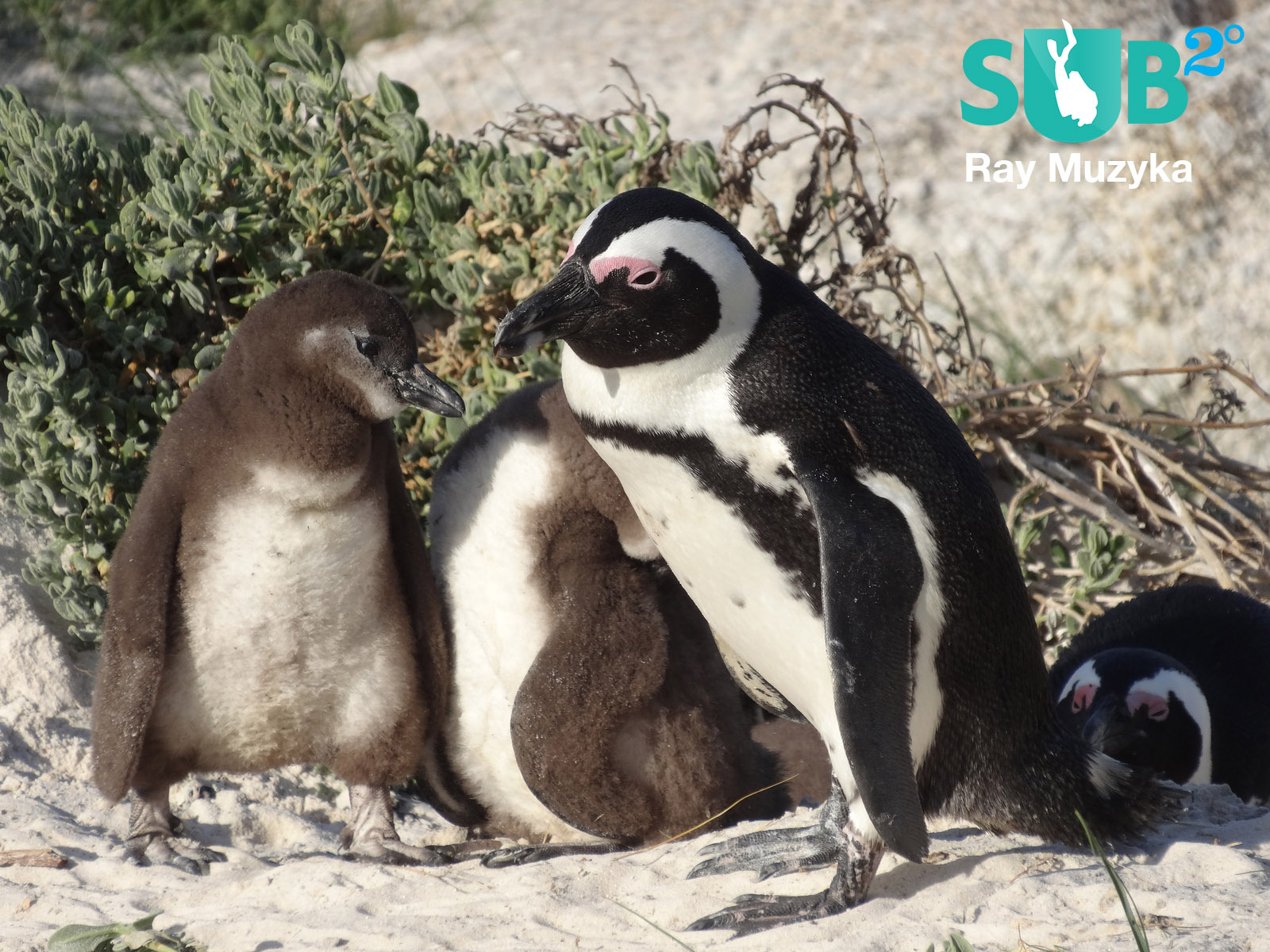
Penguin with Chicks
Penguin with two large chicks at nesting site in Boulders Beach, South Africa.
Close Encounters with an African Penguin (Part 1)
If you ever dive off the coast of Southern Africa, chances are you may come across the endearing African penguin - a medium-sized penguin that is endemic to the coastal waters and shores of South Africa and Namibia. The African penguin (Spheniscus demersus) is also colloquially known as the Jackass penguin, due to its raucous call, which sounds very much like a donkey braying.
Distribution
The breeding range of the African penguin extends from Bird Island in Algoa Bay, situated on the eastern shores of South Africa, to Hollams Island off the coast of central Nambia. The non-breeding distribution extends further north on both the east and west coasts of southern Africa, from the Transkei to northern Namibia. Actual breeding sites are limited to two distinct regions off the South African coast: the Western Cape colonies; and the Algoa Bay colonies – separated by a 600km stretch of coastline. It breeds primarily on offshore islands, but also on a few land-based colonies, such as Boulders Beach near Simonstown in False Bay, Stony Point in Betty's Bay, and De Hoop Nature Reserve.
Body Form and Function
Like all penguins, the African penguin has special adaptations suited to its life on land and at sea. While the African penguin is a flightless marine bird that waddles about rather clumsily on land, their wings have evolved to form flippers, which are used to efficiently propel them while swimming in the marine environment. Once it enters the ocean, it literally flies through the water with grace and dexterity, using its flippers for propulsion and its webbed-feet as an efficient rudder system, which allows it to rapidly change course when swimming swiftly after prey and also aids in evading predators such as sharks and seals.
Physiology
The African penguin has a fatty layer that provides insulating properties, preventing hypothermia whilst spending long hours at sea in search of prey. Their striking black and white coloration is not just pretty to look at, but also provides camouflage from ocean predators. When a predator looks up at a penguin from below, the white ventral coloring of the belly mingles into the light background of the surface waters, lit up by the sun. When a predator passes above the penguin and looks down at it in the deeper waters below, the black coloring of the penguin's ventral surface mingles with the dark shadowy depths of the deeper waters below, making the African penguin relatively well camouflaged at sea. While these adaptations serve the African penguin well at sea, they tend to cause problems on land. The fatty insulating layer, and black coloring of the dorsal surface result in breeding African penguins being faced with problems associated with heat stress, when they have to spend long periods on land attending their nests, as temperatures can reach well over 90°F (32°C) in summer, and even in winter on Namibian islands, due to the seasonal hot desert offshore winds that prevail in the region.
Predators and Prey
African penguins feed predominantly on pelagic shoaling fish, such as pilchard, anchovy, horse mackerel and round herring, but also on squid, chub mackerel, and crustacean species to a lesser degree. Their natural predators include many species of sharks, notably the great white, which is distributed throughout the African penguins' range. Cape fur seals, which are common throughout their range, are also known to attack and kill African penguins. This has become quite a problem at offshore islands frequented by both seals and penguins. The Cape kelp gull is a notorious predator of African penguin eggs and young chicks at breeding colonies, which can be severely exacerbated when adults are forced to leave their nests, due to heat stress or human disturbance. Mole snakes and rats are present at some colonies; both are potential predators of penguin chicks, while mainland colonies are susceptible to predation by pet dogs and cats. Even indigenous wildlife such as caracal and leopard have been known to feed on adult penguins at the Stony Point colony in Betty’s Bay.
Read on to Part 2, which focuses on the conservation issues surrounding this endangered seabird and takes a closer look at some of the factors that have caused its demise.
Featured Posts
-
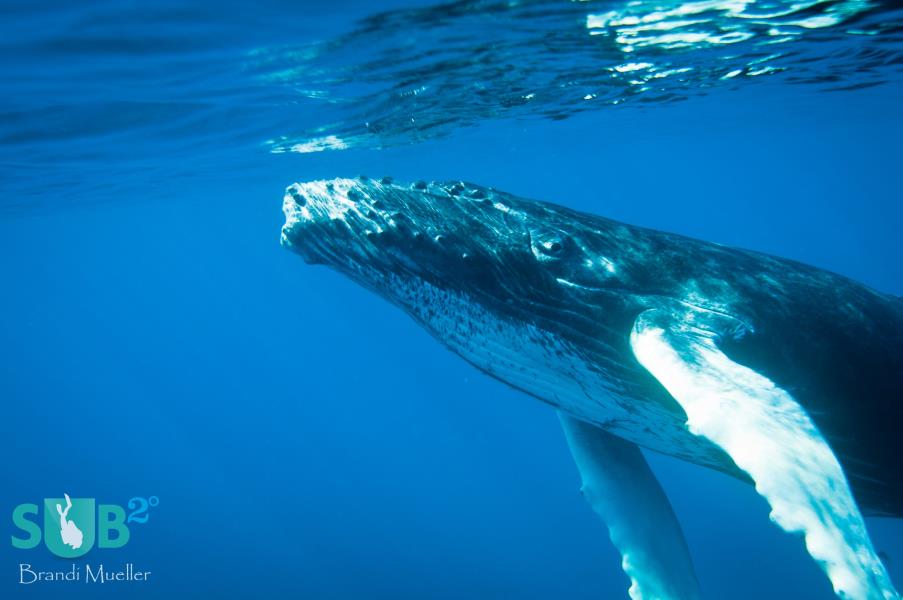
Humpbacks of the Silver Bank
Nothing compares to being in the water with a 40 foot humpback whale. These beautiful and graceful animals are nothing short of amazing. The Silver Bank is a winter gathering place for humpbacks and more recently, snorkele...
-
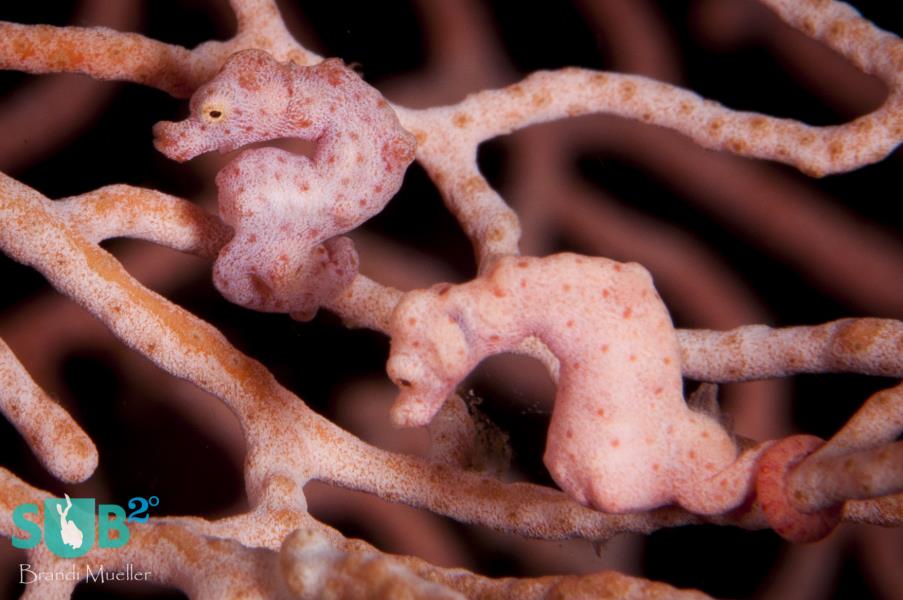
On Seahorse Love
When boy meets girl in the world of seahorses a beautiful and often extensive courtship occurs. They change colors and entwine their tails. Then they rise off the seafloor and the female deposits her eggs into the male’s p...
-
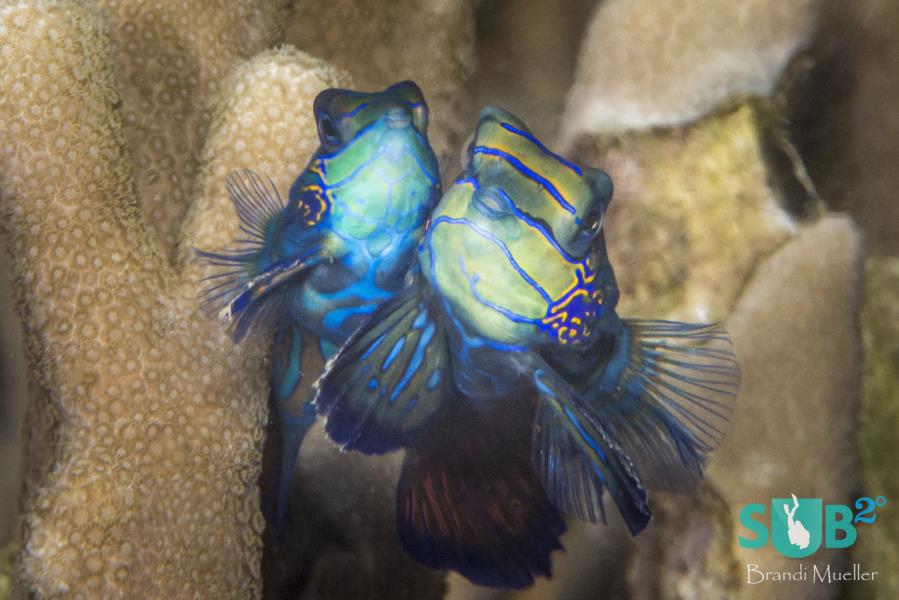
Mandarinfish-The Courtship Dance
On the reefs of the Pacific, twilight marks the beginning of the mandarinfish courtship dance. A male begins dancing, and if he’s desirable, an interested female will join. Just before the sun sets, the two fish will rise u...


Load more comments